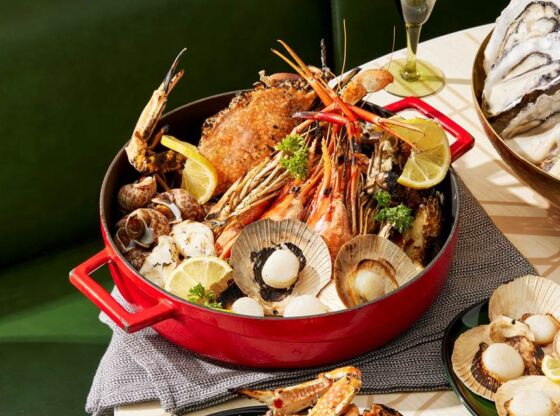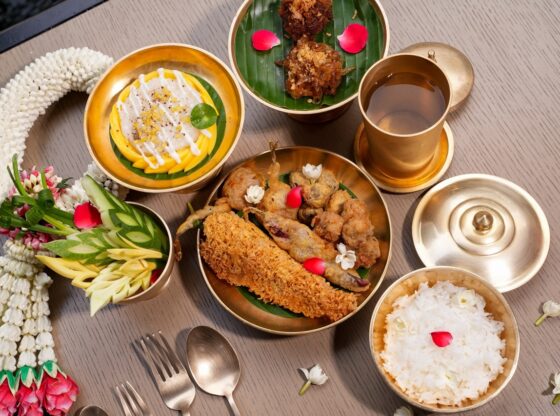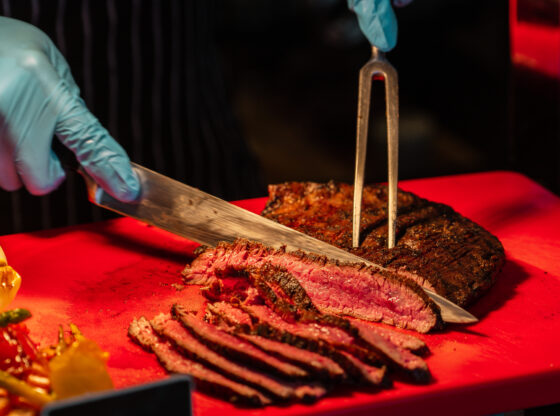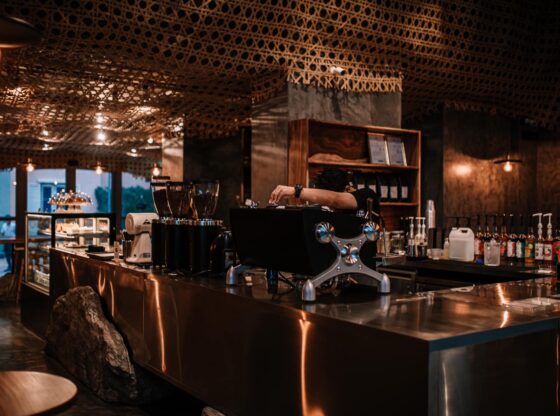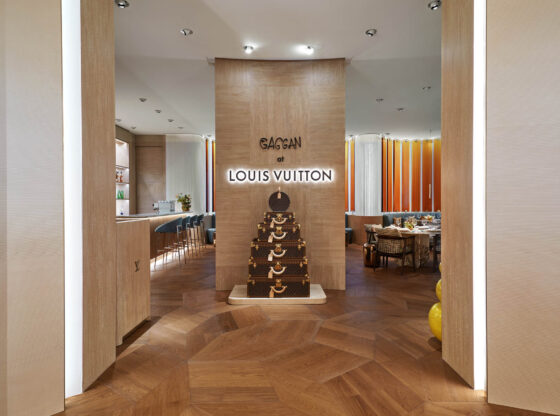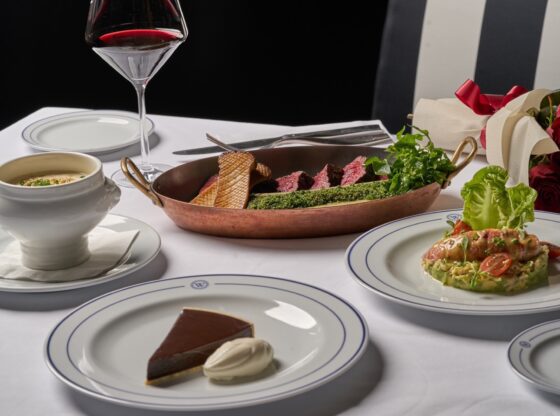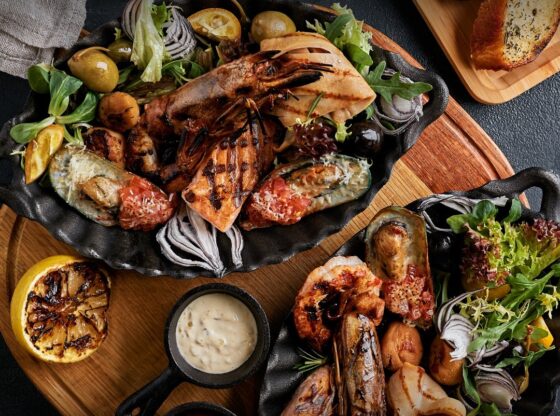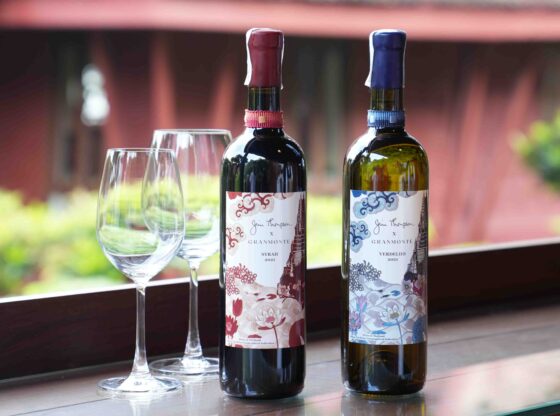![]()
For a long time, Northeastern Thailand became a home to Vietnamese immigrants and their descendants. There is evidence of Vietnamese influence in several provinces such as Udon Thani, Nakhon Phanom, Ubon Ratchathani, or Khon Kaen. Isan people have adopted some of Vietnamese cultures, especially food.
You can always find Vietnamese restaurants in every Northeastern province. One of the gastronomic gems of Ubon Ratchathani is Indochine, a Bib Gourmand recipient of the MICHELIN Guide Thailand 2023. This Vietnamese place opened its door more than 5 decades ago in 1972. The current third generation, Kayunwit Srisakulwan, talks about the secret behind the family-run eatery.
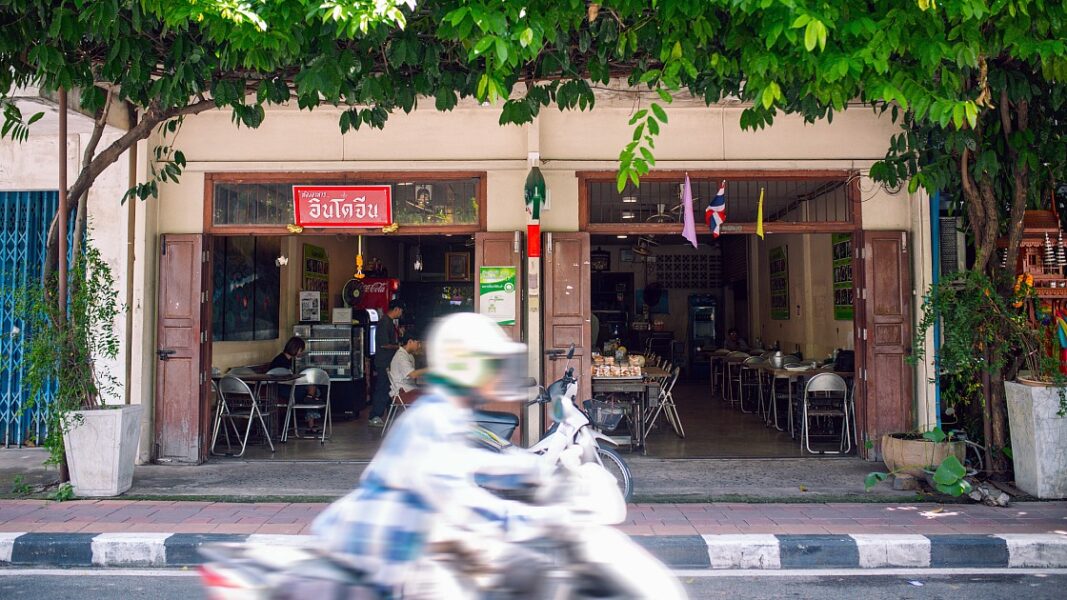
How it started
“If we are really talking about the shop’s origin, it traces back to my grandma’s time in Quảng Bình, Vietnam. Her family members were great cooks. When she came to Ubon Ratchathani, she made a living by selling rice paper rolls to fellow Vietnamese immigrants. There were both fresh and fried rolls. When my mom took over, she opened up Indochine,” says Srisakulwan.
Rice paper legacy
Rice paper is the pride of Indochine. The secret recipe has been passed down to the current generation. Many Vietnamese restaurants opt for the convenience of industrial rice paper. But Indochine still prepares it by hand. The wrapper is used for several menus from the staple meatball wraps, fresh and fried spring rolls, to the joint’s famous offerings like crispy stuffed pancake, steamed rice rolls, and water fern cakes. Every recipe remains unchanged. Every piece is still handmade. The flour is fermented for 5 days, giving out the unique light sour taste. The sweet dipping sauce balances out the flavours.
The secret to half-century success
Srisakulwan reveals the secrets that have made Indochine stand out even more than 5 decades later. Apart from the original 7-8 menus, the shop develops and adds delicious menus that become people’s favourites. Sugar cane shrimp, grilled pork and rice noodles, and banana blossom salad are great examples. Currently, there are over 30 menus to explore. Every dish tastes the way intended by the owner.
Another tip is ingredient sourcing. To sustainably assure quality, Indochine farms its own grains. For vegetables, the owner collaborates with farmers. He visits the farms himself to ensure all the greens are at the peak quality and sizes. He’s put great care in every step that leads to delicious dishes on your tables. So, it’s no surprise the shop has gained and retained a reputation amongst locals and visitors to the royal lotus city (Ubon Ratchathani’s literal meaning) for over 5 decades. Indochine was immediately awarded Bib Gourmand when MICHELIN Guide first expanded its coverage to Northeastern Thailand in 2022.
“In addition to what I mentioned before, Indochine has been successful because we are also caring, friendly, and fair to guests. We serve what we actually eat. Customers can feel our commitment to serving the best food possible”.
What to order
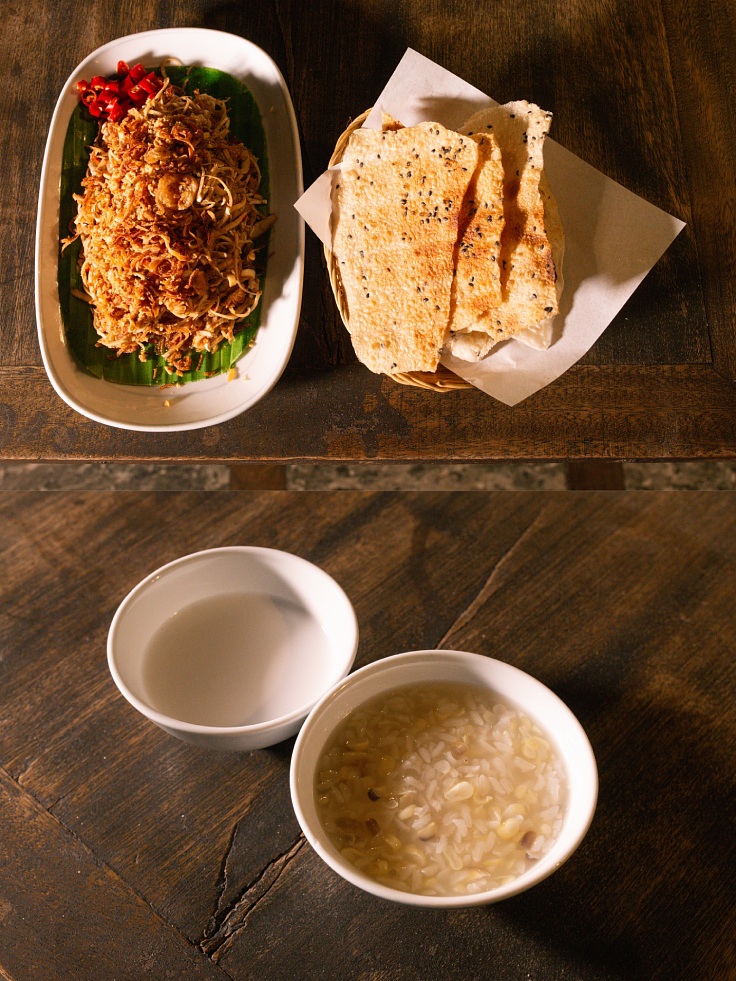
Here are menus Indochine proudly presents. Most of them are the original menus that have won people’s hearts since its first day over 5 decades ago.
The recipe of ‘meatball wraps’ has been passed down for generations. Every table orders at least one. Seasoned ground pork is put on sticks and grilled to perfection. Each piece has a nice chewy texture. Dip it with the accompanied sauce to complete the range of flavours. Add some vegetables to each bite for nutrients. The filling of ‘fresh spring rolls’ here is made with pork rind and herbs. The fried version is as juicy, but with satisfying crispiness. ‘Water fern cakes’ adds more protein with pork crackling, shredded pork, and pork satay. Indochine follows the original recipes to the letter. Flour and rice paper are handmade with a unique light sour taste that results from the 5-day fermentation.
‘Banana blossom salad’ is another pride of Indochine. Srisakulwan says his family’s spicy dressing gives the crispy dish a refreshing taste. ‘Sesame rice crackers’ are crunchy and aromatic. ‘Sweet sticky rice with corn’ is made with local and rare corn. The sweet-boiled corn on sticky rice with flowing coconut milk in a bowl is gratifyingly indulgent.



